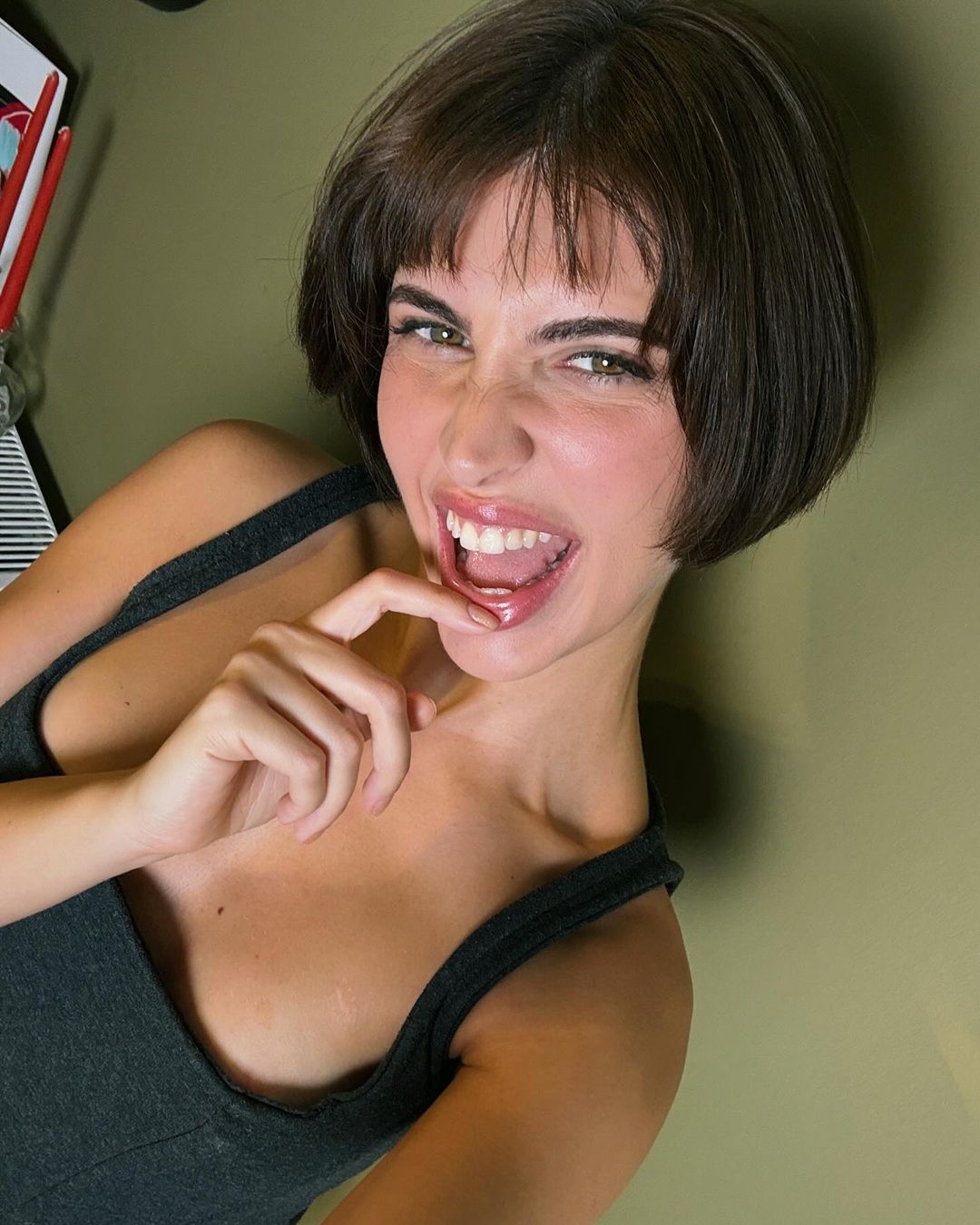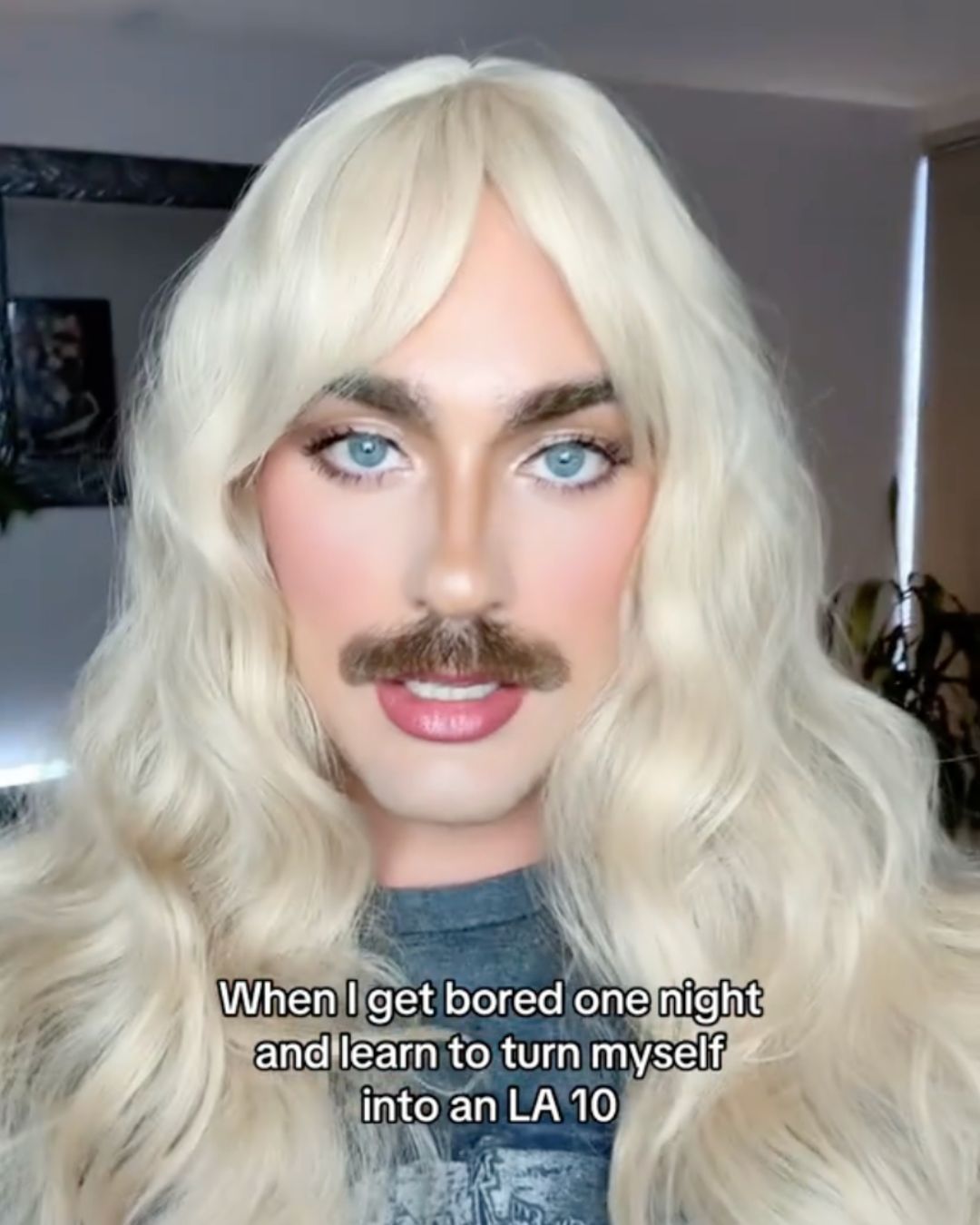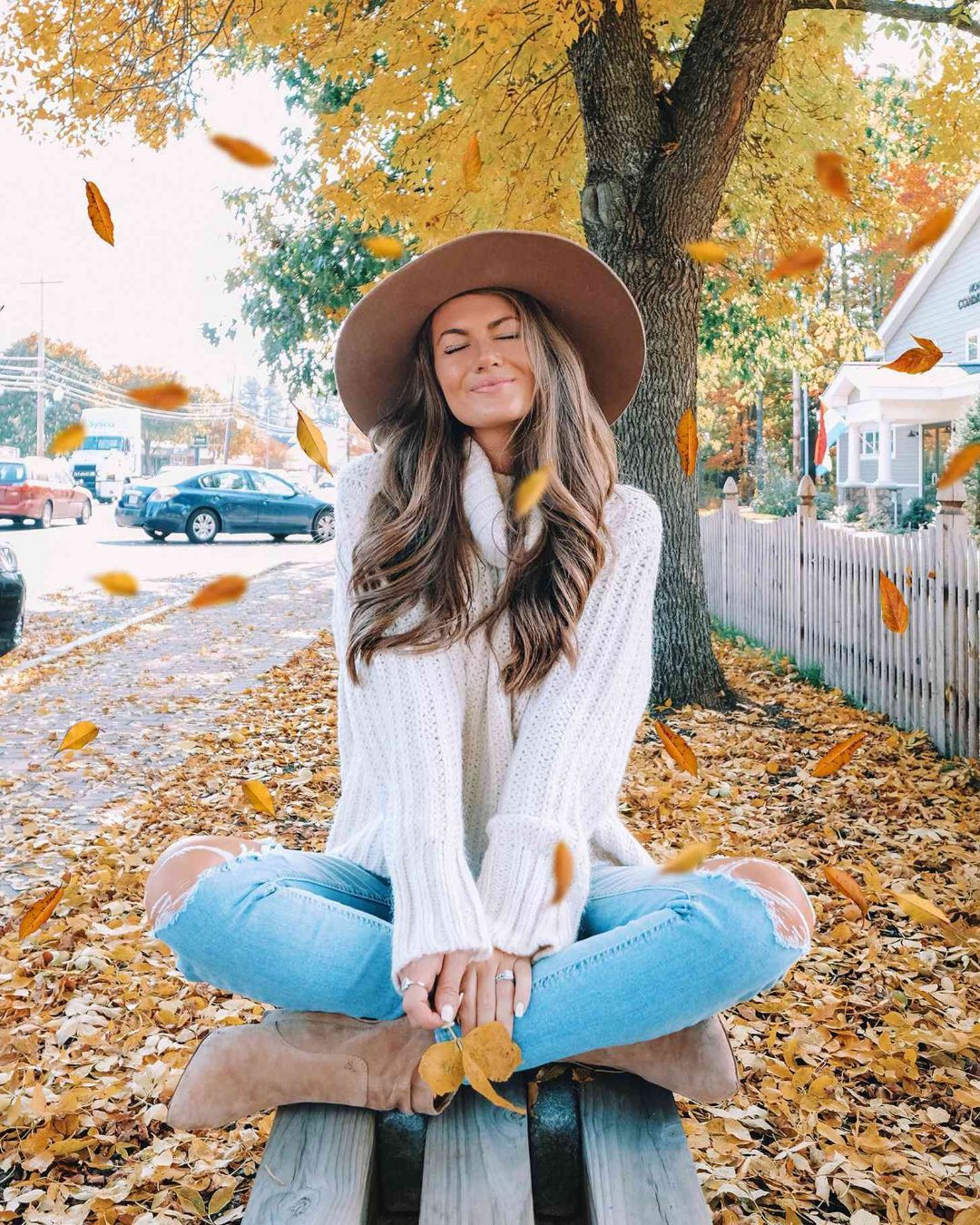
What is Dreamcore Aesthetics? Un trend che rievoca elementi dell’infanzia, sogni, liminal spaces e un senso di inquietudine
On TikTok, the hashtag #dreamcore has been gaining more and more followers in recent months, reaching 1 billion views. This aesthetic, which is somewhere between weirdcore and traumacore, evokes a smoky and surreal mix of feelings and images: clouds, spirals, eyes, optical illusions, confusion, restlessness, loneliness, nostalgia and the strange feeling of déjà vu, of being in front of something that you have already seen and experienced, but you can't really place in space or time. As Nylon magazine points out when trying to describe the mood of this trend, "having the same feeling as a David Lynch movie, a Twilight Zone episode, or a Cocteau Twins song". And, just like in dreams, Dreamcore can turn towards a positive and comforting mood, made of pastel and bright colors or, much more often, it can turn into a nightmare in which shadows, fog, blurred faces and a slow music that beats the rhythm of a horror movie created in our minds.
A key role is played by childhood and liminal spaces, transitional zones between two places that can give a sense of familiarity, but at the same time trigger confusion, uncertainty and even derealization (defined by the MSD Handbook as "a persistent or recurrent feeling of disconnection from one's body or mental processes, as if one were observing one's life from the outside (depersonalization), and/or the feeling of being dissociated from the surrounding environment"). If once these surreal and desolating non-places were represented by artists such as Salvador Dalí, Renee Magritte, M. C. Escher o Edward Hopper, nowadays on Tik Tok creators such as @cloudyvanillaskies, @unttochable, @peaboy3, @faeri.e keep millions of viewers stuck to the screen with "an aesthetic that can cause a panic attack" made up of existential issues, disturbing collages and images (often taken from old VHS from the 90s and early 2000s) of airports, hotels, train stations, playgrounds and empty bouncy castles, abandoned offices, dimly lit hallways, flights of stairs, deserted malls and McDonalds. Among the most popular content are @valiumdreams' vintage birthday parties; @vintagepast with her reflection in the mirror speaking directly to viewers; the seven-million-like lysergic videos of @jgretznerd who describes dreamcore as "a strange but comforting nostalgic feeling, something that feels familiar but you can't define."
@jgretznerd Reply to @.abbey16 derealization welcome to the dream train ##shortfilm ##weirdcore ##dreamcore ##aesthetic ##jackstauber ##horror
original sound - jordan
It's no coincidence that the spread of the hashtags #dreamcore, #dreamcoreaestethic and #liminalspaces boomed during the pandemic. These phenomena, which are based on "suspended" moments and places that cannot be precisely pinned down in space and time, have become for Gen Z a way to explore the often complicated feelings related to their childhood and growth in a historical period that, between COVID and lockdown is the epitome itself of a liminal historical phase in which life has been put on standby.
If Dreamcore is often linked to Dream Pop music that mixes alternative rock and neo-psychedelic sounds popular in the 80s, to musicians like My Bloody Valentine, Cocteau Twins and Lana Del Rey, it is much more difficult to define it from a fashion point of view. In fact, unlike other trends like Old Money or Dark Academia, TikTok's Dreamcore Aesthetic does not have a set of specific elements that shape its outfits. So much so that until last September, except from the social platform there were many people who ignored the existence of the phenomenon. Until Frank Ocean arrived on the red carpet of the Met Gala 2021 wearing a Prada jacket accessorized with a creepy green robot doll and a hat on which stood out the words "Dreamcore" that revisited the classic logo of the Dreamworks film company. Suddenly the dreamcore aesthetic had a new and unexpected visibility, but not yet a clear stylistic definition from which to take inspiration for our daily shopping.























































